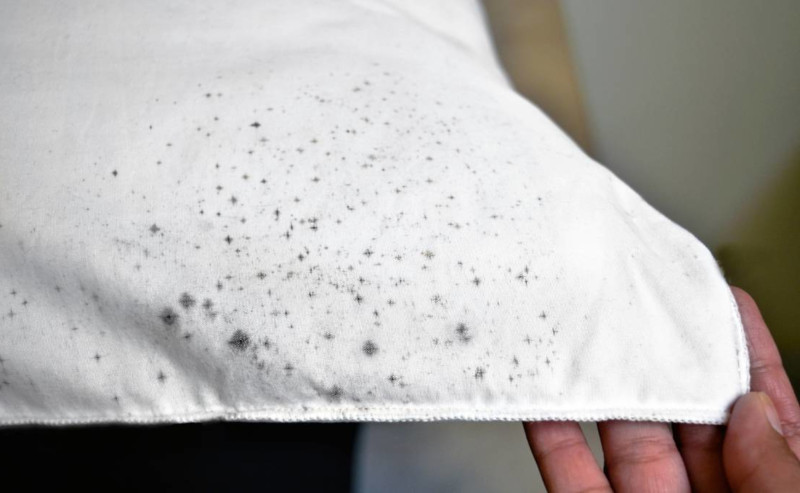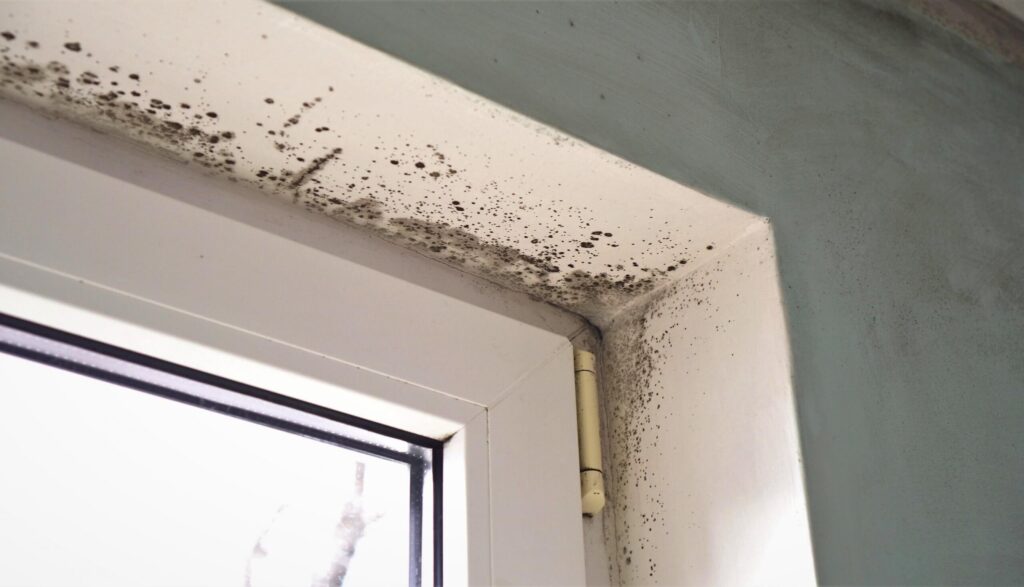Stories of houses where unknown things lurk and cause horror are popular fare today for entertainment and modern media, but what many don’t realise is that these stories are nothing compared to the true horror that hides right in our very homes: mould.
An Unseen Danger Right at Home
Depending upon the particular health and susceptibility of a person, exposure to mould could either do a variety of damage to a person’s health, or none at all. As it stands, however, there are quite a number of people who do happen to be susceptible to the potential damage of mould exposure. Mould is fast becoming a serious issue in New Zealand as an alarmingly large number of people have been found to be living in spaces that are believed to have mould growth..
The issue of hidden mould in the home is particularly devastating to those with greater susceptibility to it, such as those with compromised pulmonary health. Considering the fact that New Zealand has a high prevalence of asthma, with one in seven children (13 %) aged 2–14 years, which is around 110,000 children, and one in every eight adults (12 %), which is at least 452,000 adults, taking asthma medication, a massive number of people could be at serious risk of further pulmonary complication due to asbestos exposure.
What are the Signs that Mould is in Your Home?
Foul Rotting Odour
As with anything organic, mould growth comes with an odour and a particularly damp and musty one at that. A permeating and persistent damp and musty odour that suggests something made of paper or wood is rotting could very well be a sign that there is mould growth somewhere in the house. This distinctive odour is associated with mould volatile compounds (MVOCs), which are chemical compounds released during the mould life cycle. This is not to be confused with the odour of ageing paper found in old books, which some people find pleasant. The odour coming from the mould is highly suggestive of plant matter that is rotting and damp.
Spots on Clothes in the Cabinet
It is inevitable that there are clothes in the cabinet that has not seen the light of day for some time. Whether it is because they are considered a crime against fashion or simply because they don’t fit anymore, these pieces of clothing may help in determining if you have a hidden mould growth at home. Mould spores travel through the air to find other spots to grow on, and unbothered clothing may be among the most appealing growth areas to them. If you see black or white fluffy spots on clothing that have been left in the closet or anywhere else for quite some time, this could be an indicator that there is existing mould growth nearby that is already spreading.

Carpets with Persistent Damp Odour
Carpets are expected to smell unpleasant after some time since they are found underfoot and always trodden on. The damp odour of mould growth, however, is quite distinct, and just like unbothered clothing, carpets are also favoured spots for mould spores to settle on. This is why it is a good idea to regularly clean carpets and the areas underneath the carpets. An even better idea is to hire professional carpet cleaners, as these services have people trained to sniff out particular pollutants that settle on the carpet, as it helps them identify what kind of cleaning agent would work best.
Sudden Flare-ups of Asthma or Pulmonary Irritation
While people with allergies and asthma do suffer from chronic reactions, it is important to understand that these reactions require a trigger. If a person is not normally prone to allergy attacks at home and then suddenly starts getting persistent pulmonary issues, there is a good chance there is an unseen irritant at home. If there are no pets and flowering plants inside the house, there is a good chance that the irritant is an unseen growth of mould with spores already flying around in the house. At this stage, it is of the utmost importance to find the growth and clean it out or the person with allergies or asthma might suffer even more pulmonary troubles.
Fungus Growing in the Furniture
Just like carpets, sometimes the furniture could smell a little weird, signifying the need to have it cleaned. If it has a particularly damp and rotten smell, however, it could mean that the piece of furniture already has fungal growth in the material or in the wooden frame. Depending on how much value the piece of furniture has to the owner, a good idea would be to dispose of it since cleaning it out could be too tedious, particularly the pieces that are already fragile with age.
Warping in Walls and Surfaces
Wooden panelling and some wallpaper designs are beautiful to look at, but could also be a source of misery, as these materials are also beloved by mould growth. Once exposed to enough moisture, wood and paper become fertile growth areas for mould and other types of fungi, which is why it is a good idea to always be on the lookout for any kind of leak or seepage in the house, particularly if the house is located in a region that sees a lot of rainfall.
The Best Option? Hire a Professional
Unless the homeowner is an expert carpenter, DIY enthusiast, or simply an eagle-eyed individual, the best course of action would be to contact mould assessment experts to sniff out and deal with potential mould growths in the house, as these professionals know where mould is most likely to be found, even when the growth is largely unseen and undetected.
This article was first published in NZBE Blog: When and How to Assess Your Home for Mould






